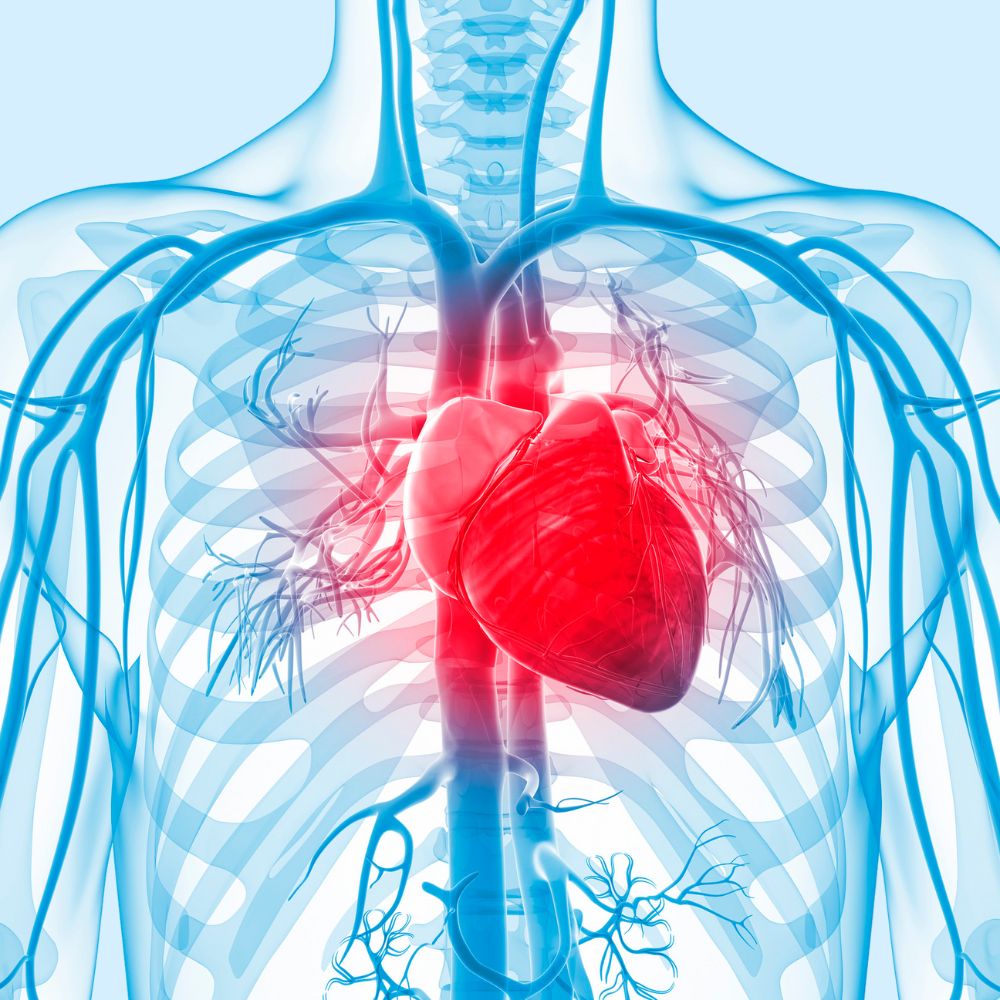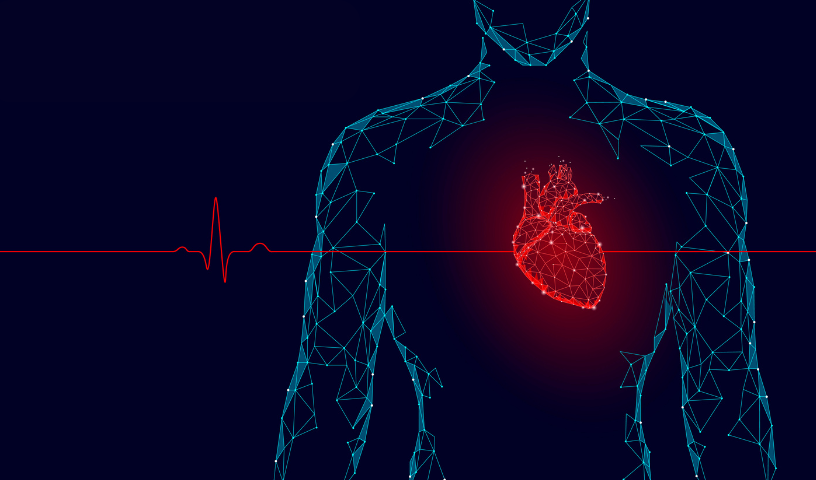The essential guide to understanding Cardiology and heart disease prevention
The essential guide to understanding Cardiology and heart disease prevention
Blog Article
Comprehending the Significance of Cardiology in Modern Health Care Services
Cardiology plays a critical role in modern health care, especially as heart problem remains to be the leading reason for death worldwide. Breakthroughs in diagnostics and therapy have changed client treatment, allowing earlier treatments and improved outcomes. In addition, the shift in the direction of preventive cardiology equips individuals to handle their health proactively. As technology remains to progress, the assimilation of ingenious remedies may better redefine cardiology's effect on public wellness, prompting a more detailed exam of emerging trends and their effects.
The Occurrence of Cardiovascular Disease and Its Influence On Public Wellness
Heart disease stays the leading cause of fatality globally, its effect prolongs much beyond private people to influence public health systems and economic climates. The high frequency of heart problem places a significant strain on health care resources, demanding enhanced funding for rehabilitation, avoidance, and treatment programs. Public health campaigns have to deal with danger variables such as excessive weight, smoking, and sedentary way of livings, which add substantially to the increasing incidence of heart conditions.Moreover, the financial worry related to cardiovascular disease is immense, including not just direct clinical costs but likewise indirect expenditures associated with lost performance and early death. Communities encounter obstacles in taking care of these expenses, frequently causing disparities in healthcare access and results. As the populace ages and lifestyle-related threats proceed to intensify, the urgency for efficient cardiology interventions becomes vital. As a result, addressing heart problem is not just an issue of specific health and wellness yet likewise a vital public wellness concern.
Breakthroughs in Heart Diagnostics and Imaging Techniques
Current developments in heart diagnostics and imaging methods have changed the area of cardiology, boosting the capacity to find and keep track of heart conditions. Methods such as heart MRI, CT angiography, and echocardiography have become increasingly innovative, providing detailed pictures of heart structures and features. These techniques permit for the very early recognition of problems like coronary artery disease, heart failing, and valvular disorders.Moreover, developments in non-invasive diagnostics, such as wearable modern technology and remote tracking tools, have actually empowered people and doctor. These tools promote real-time tracking of heart rhythms and various other essential indications, bring about timely treatments. Furthermore, synthetic knowledge is being incorporated into imaging evaluation, enhancing precision and efficiency in medical diagnosis.
Innovations in Treatment Options for Heart Conditions
Recent advancements in cardiology have actually resulted in substantial developments in treatment choices for heart disease. These include sophisticated surgical techniques that boost step-by-step end results and arising medicines that supply brand-new avenues for therapy. As the field advances, these developments play an essential duty in boosting person treatment and end results.
Advanced Surgical Techniques
Advancements in surgical techniques have changed the landscape of cardiology, providing new wish for patients with heart problems. Minimally intrusive treatments, such as catheter-based treatments, have actually substantially decreased recovery times and health center stays. Techniques like robotic-assisted surgical treatment enhance accuracy, permitting doctors to browse complicated anatomical frameworks with greater accuracy. Moreover, advancements in imaging technology help with real-time visualization throughout procedures, improving results. Transcatheter aortic valve substitute (TAVR) exhibits an innovation in dealing with aortic stenosis, enabling shutoff substitute without open-heart surgical procedure. Additionally, hybrid approaches that integrate catheter-based and medical techniques supply customized options for numerous heart concerns. These sophisticated medical strategies not just boost person security however likewise broaden treatment options, highlighting the crucial duty of development in modern cardiology methods.
Arising Drugs and Treatments
As the landscape of cardiology proceeds to develop, arising medications and treatments play an essential role in improving therapy alternatives for heart problems. Innovations such as unique anticoagulants and advanced lipid-lowering representatives have actually changed the administration of cardiovascular illness, substantially minimizing patient morbidity and death. Furthermore, the development of gene treatments and regenerative medicine offers promising opportunities for treating problems previously regarded incurable. Medical trials are constantly disclosing the efficacy of these therapies, pushing the borders of typical treatments. The combination of electronic wellness technologies helps with customized medicine, allowing for tailored treatment plans based on genetic and way of living elements. Jointly, these developments underscore the vibrant nature of cardiology, enhancing person end results and redefining requirements of care in modern healthcare.
The Role of Preventive Cardiology in Person Treatment
Preventive cardiology plays a vital function in patient treatment by focusing on the recognition of danger elements that add to heart condition. Via way of living adjustment techniques and very early discovery methods, doctor can effectively decrease the incidence of cardio occasions - Dr Garcia. This positive method not just enhances individual results however additionally advertises long-term wellness
Risk Element Recognition
While heart diseases remain a leading root cause of morbidity and death worldwide, effective risk element identification works as a cornerstone of preventative cardiology. Recognizing threat elements such as high blood pressure, hyperlipidemia, diabetes mellitus, and household background is essential for very early treatment. Healthcare experts make use of various evaluating techniques to assess these factors, enabling customized preventative measures. Additionally, comprehending a person's way of living choices, such as cigarette smoking and physical inactivity, further notifies risk analyses. This comprehensive analysis allows medical professionals to establish individualized treatment strategies focused on mitigating dangers. By focusing on threat aspect recognition, medical care systems can enhance person results and reduce the overall problem of heart diseases, eventually contributing to boosted public wellness strategies and resource allocation.
Lifestyle Modification Strategies
A plethora of studies highlights the critical role of way of life alteration techniques in lowering heart disease danger. These methods incorporate dietary changes, raised physical task, cigarette smoking check it out cessation, and weight monitoring. By taking on a heart-healthy diet abundant in fruits, veggies, whole grains, and lean healthy proteins, people can decrease cholesterol degrees and blood stress. Routine exercise strengthens the heart and boosts overall cardiovascular wellness. Furthermore, quitting smoking greatly minimizes the risk of cardiovascular disease and boosts recovery prices for those with status quo. Weight monitoring additionally adds to cardiovascular health by alleviating other risk variables such as diabetes mellitus and high blood pop over to this web-site pressure. Executing these way of life changes not just advertises individual health however additionally serves as a foundation of preventative cardiology in patient care.
Very Early Discovery Strategies
Way of life adjustments significantly add to minimizing heart disease risks, but they are most efficient when coupled with very early discovery techniques. Preventive cardiology stresses the value of recognizing potential heart problems before they rise right into severe conditions. Methods such as blood pressure surveillance, cholesterol screening, and progressed imaging technologies like echocardiograms play essential roles in reviewing cardio wellness. Biomarkers and hereditary screening additionally enhance the precision of early discovery, enabling tailored preventive methods. Routine cardiac risk assessments equip healthcare companies to intervene proactively, possibly avoiding heart assaults and strokes (Dr Garcia). By integrating these very early detection approaches into routine care, clients can gain from timely lifestyle treatments and targeted treatments, eventually improving end results and enhancing lifestyle
Integrating Innovation Into Cardiology Practices
As advancements in innovation continue to improve different fields, the combination of cutting-edge devices and systems into cardiology practices has come to be vital for enhancing patient treatment and outcomes. Telemedicine platforms allow cardiologists to monitor clients from another location, boosting access to care while minimizing the concern on health care centers. Wearable tools, such as smartwatches, make it possible for continual heart price tracking, alerting both clients and medical professionals to potential problems in real-time. Additionally, expert system (AI) is being made use of to assess large amounts of cardiac information, aiding in very early medical diagnosis and tailored treatment strategies. Advanced imaging techniques, consisting of 3D echocardiography, improve visualization of heart structures, leading to much more specific treatments. Digital health documents (EHRs) enhance patient information administration, ensuring that cardiologists have instant access to important information. With each other, these technical innovations are transforming cardiology, advertising aggressive administration and improved wellness outcomes for individuals with cardio problems.
The Value of Person Education And Learning and Interaction
Individual education and learning and involvement play a pivotal role in the administration of cardiovascular wellness. By furnishing patients with understanding about their problems, treatment choices, and way of living adjustments, doctor equip individuals to take an active role in their care. This aggressive approach can bring about enhanced adherence to prescribed medicines, nutritional modifications, and workout programs, inevitably minimizing the threat of complications.Engagement likewise promotes a strong patient-provider partnership, motivating open communication and trust. When patients really feel informed and entailed, they are more probable to voice worries and ask questions, which can result in better scientific results. In addition, instructional sources, such as workshops or electronic platforms, can enhance understanding and advertise self-management techniques. In general, focusing on person education and engagement is important for site web enhancing cardio health and wellness, boosting top quality of life, and reducing health care expenses connected with cardiovascular illness.
Future Fads in Cardiology and Their Possible Impact

Often Asked Questions
What Way Of Living Adjustments Can Lower Heart Problem Risk?
The current concern addresses lifestyle adjustments that can substantially decrease heart disease risk. Dr Garcia. Embracing a balanced diet, taking part in regular exercise, preserving a healthy and balanced weight, taking care of anxiety, and staying clear of tobacco can especially improve cardio health
Just How Can I Identify Very Early Signs of Heart Problems?
Acknowledging very early indicators of heart troubles entails monitoring signs and symptoms such as breast pain, shortness of breath, tiredness, and uneven heart beat. Prompt recognition of these indications can motivate necessary clinical evaluation and intervention for much better outcomes.
What Are the Differences In Between Cardiologists and Cardiac Surgeons?
The differences in between cardiologists and heart specialists depend on their functions; cardiologists primarily identify and manage heart conditions through non-invasive methods, while cardiac surgeons do procedures to fix structural heart concerns. Each plays an important, distinctive duty.

Exactly how Frequently Should I Get My Heart Wellness Checked?
The regularity of heart checkup varies based upon specific threat factors. Typically, grownups must go through examinations every one to 2 years, while those with existing problems may call for more constant assessments as suggested by medical care specialists.
What Duty Does Genetics Play in Heart Problem Danger?
Genes greatly affects heart condition threat, with domestic patterns suggesting inherited problems. Certain genetics can incline individuals to hypertension, cholesterol problems, and other cardiovascular troubles, highlighting the value of hereditary testing in evaluating heart wellness. Heart condition continues to be the leading reason of death globally, its impact extends far past private clients to influence public health and wellness systems and economic situations. Public health efforts have to deal with danger factors such as excessive weight, smoking, and inactive way of livings, which contribute considerably to the increasing occurrence of heart conditions.Moreover, the economic problem associated with heart illness is tremendous, encompassing not only direct medical prices however likewise indirect expenditures related to lost efficiency and premature death. Preventative cardiology plays an important role in individual treatment by focusing on the identification of danger elements that contribute to heart condition. Artificial intelligence (AI) and machine understanding are enhancing diagnostics and patient tracking, making it possible for early detection of heart illness. The differences between cardiologists and heart cosmetic surgeons lie in their duties; cardiologists mainly detect and handle heart problems through non-invasive methods, while cardiac specialists do surgical treatments to deal with structural heart concerns.
Report this page